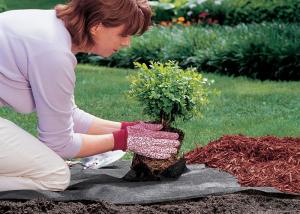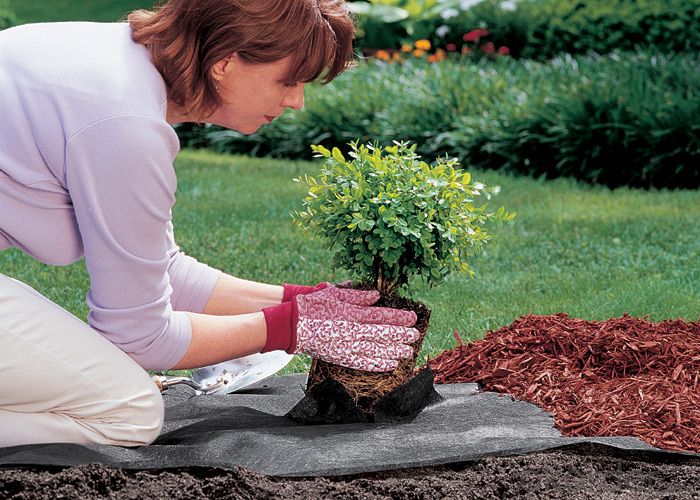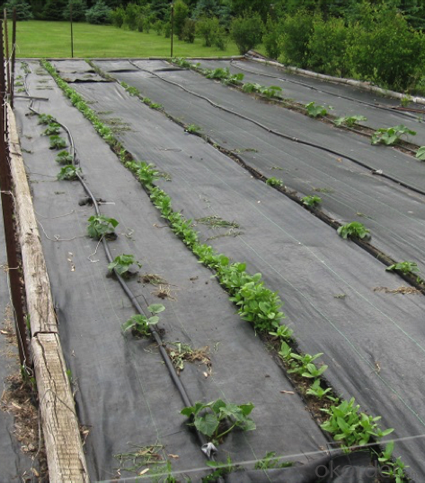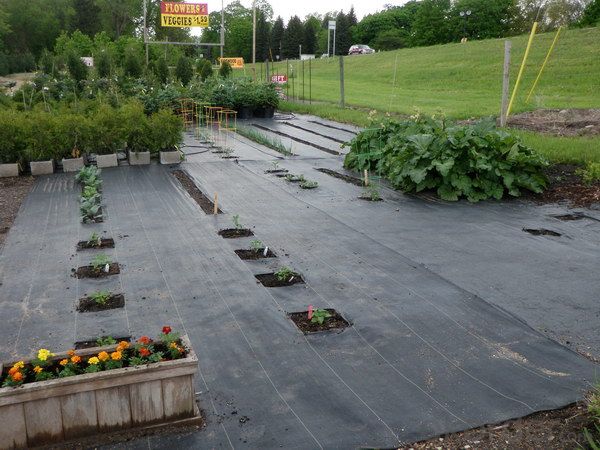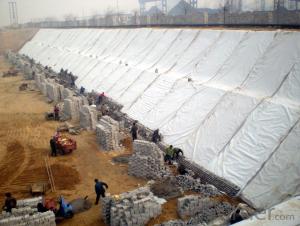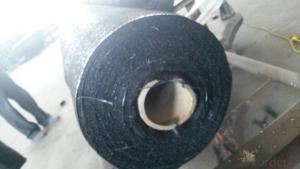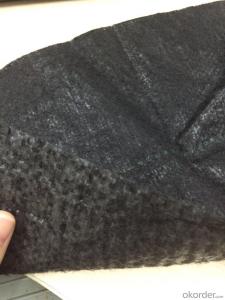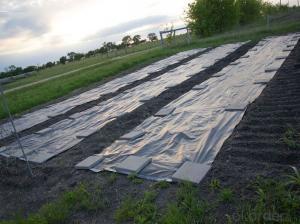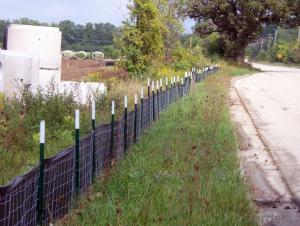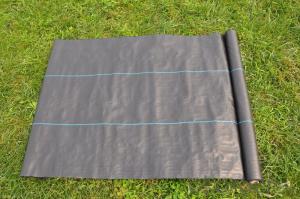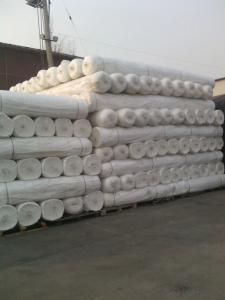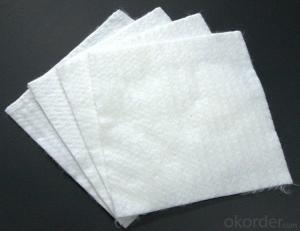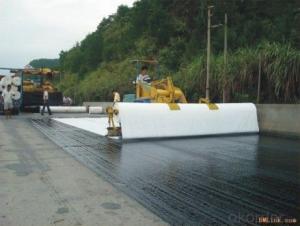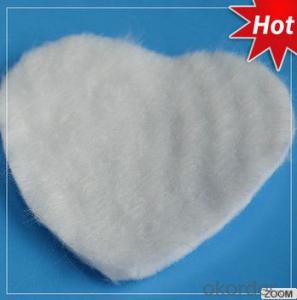Geotextile TS 40 Silt Fence with Wooden Stake/Polypropylene Fabric
- Loading Port:
- China main port
- Payment Terms:
- TT OR LC
- Min Order Qty:
- 5000 m²
- Supply Capability:
- 100000 m²/month
OKorder Service Pledge
OKorder Financial Service
You Might Also Like
1. Polypropylene Fabric Description:
Polypropylene fabric is made of environmentally friendly raw materials, pp spunbond nonwoven fabric. It used to prevent the growth of weed, without the use of potentially dangerous chemical sprays or labor intensive hoeing. Once installed, weed mat will continue providing protection for years without maintenance.
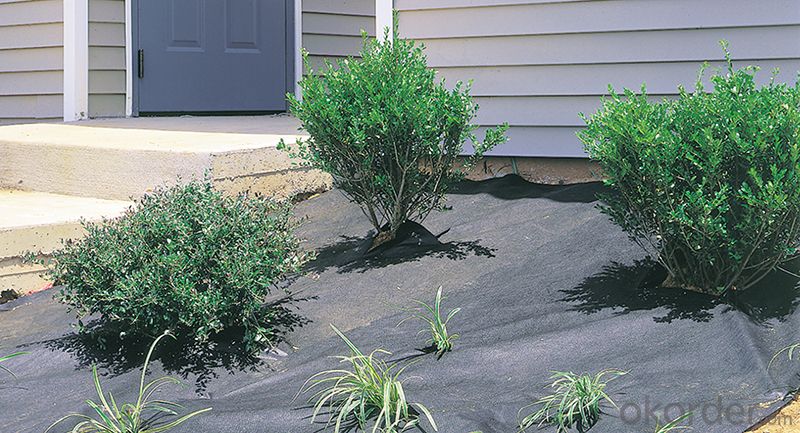

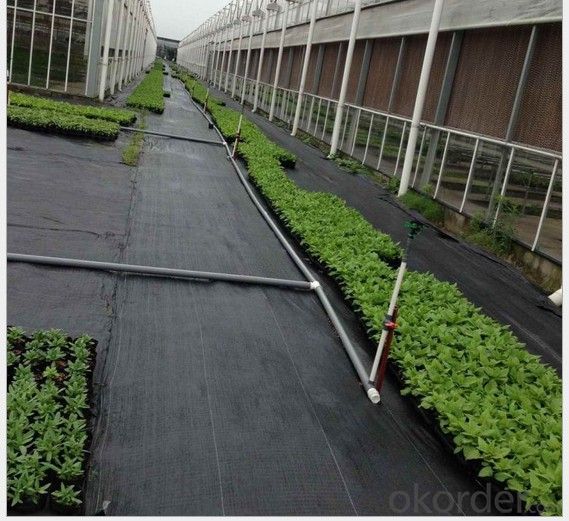
2. Polypropylene Fabric Feature:
1. Weed suppressant and drainage control landscaping fabric
2. Spun bonded non-woven fabric – will not fray when cut
3. Easy to use
4. Environmentally friendly
5. Allows water, air and nutrients through, suppressing weeds without the use of chemicals
6. Good alternative to Plantex® where cost is a factor
7. UV Stabilised
8. Reduces the level of watering required due to the slower rate of water evaporation
3. Polypropylene Fabric Function:
1. Cover crops in the ground surface,prevent weeds and against the insect
2. Controlling soil humidity and the temperature
3. Does not affect the growth of the crops
4. Protects plants from harmfully solar radiation
5. Air permeability, water permeability help crops growth.
6. Mothproof, eco-friendly, breathable, anti-bacteria, tear-resistant, fusible
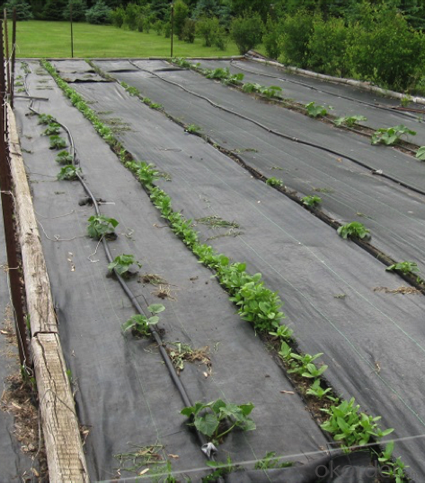
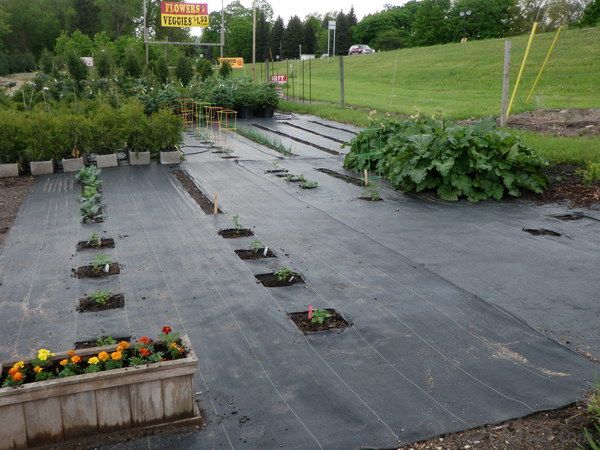
4. FAQ:
Q1: What is your minimum order quantity?
A:The minimum order quantity is 5000 ,but it is negotiable.
Q2:What is your payment terms?
A: T/T,Western Union,Paypal,L/C...
Q3:What is your delivery time?
A:Production time usually costs 2-20 days.
Waiting to cooperate with you!
- Q: What are the different methods of geotextile installation?
- There are several different methods of geotextile installation, including trenching, direct placement, sewing, stapling, and adhesive bonding. Trenching involves excavating a trench and placing the geotextile fabric in it before backfilling. Direct placement involves simply unrolling and placing the geotextile on the desired surface. Sewing involves stitching the geotextile to another fabric or material, providing additional strength. Stapling involves using staples or nails to secure the geotextile to the ground or other surfaces. Adhesive bonding involves using specialized adhesives to attach the geotextile to the desired substrate. The choice of installation method depends on the specific project requirements and the type of geotextile being used.
- Q: How do geotextiles affect soil compaction?
- Geotextiles can help reduce soil compaction by acting as a barrier between the soil and external forces. They distribute load and stress more evenly, preventing excessive compaction by promoting better soil structure and drainage.
- Q: 300 grams of geotextile how much money a square meter
- Geotextile, also known as geotextile, it is made of synthetic fiber through acupuncture or woven from the permeability of geosynthetics. Geotextile is a new material geosynthetics which one, the finished product for the cloth, the general width of 4-6 meters, the length of 50-100 meters. Geotextile is divided into a spinning geotextile and non-woven filament geotextile. Ordinary about 2.00 friends
- Q: How do geotextiles help with reinforcement of geotextile bags?
- Geotextiles help with the reinforcement of geotextile bags by providing added strength and stability to the bags. They act as a barrier between the soil and the bag, preventing soil erosion and maintaining the shape and integrity of the bags. Geotextiles also distribute loads evenly across the bag's surface, reducing the stress on the bag and enhancing its overall performance in reinforcement applications.
- Q: How are geotextiles affected by UV exposure?
- Geotextiles are affected by UV exposure due to the degradation of their fibers by sunlight. This exposure can weaken the material, reducing its overall strength and durability over time. To mitigate this, geotextiles are often treated with UV stabilizers or are installed in a manner that minimizes direct exposure to sunlight.
- Q: Geotextile back to the pebble and geotextile bag what inspection batch
- Zhonghe environmental protection is a professional geotextile manufacturer, the construction experience is rich can consult them
- Q: Can geotextile be used as an insulation film?
- Yes, the company produces the country, the best quality geotextile materials, for example, long, short wire geotextile. Geotextile composite film. All kinds of grille, waterproof board and so on. Short wire geotextile prices, geotextile composite film specifications and other quality and cheap! The The Welcome to call to discuss, 0534-. Xujing Li.
- Q: What is the role of geotextiles in soil reinforcement?
- Geotextiles play a crucial role in soil reinforcement by providing mechanical strength and stability to the soil. They are used to enhance the overall performance of the soil by distributing loads, preventing erosion, controlling filtration, and promoting drainage. Geotextiles act as a barrier against soil movement and help to improve the stability and longevity of structures built on or with soil.
- Q: Composite geotextile have what model specifications
- Composite geomembrane; mass per unit area g / m000 Membrane thickness mm0.25-0.350.3-0.5 breaking strength KN / m57.510.012.014.016.018.0 vertical and horizontal elongation at break% 30-100CBR breaking strength KN ≥ 1.11 . 51.92.22.52.83.0 Tearing strength KN≥0.150.250.320.40.480.560.62 Vertical and horizontal peel strength N / cm6 Vertical and horizontal permeability coefficient cm / sk * 10-11-10-13k = 1.0-9.9
- Q: Waterproof geotextile market demand prospects?
- Supply geotextile, geomembrane, composite geomembrane and other geotechnical materials. Market prospects are excellent. Geotechnical material manufacturers to answer your questions
Send your message to us
Geotextile TS 40 Silt Fence with Wooden Stake/Polypropylene Fabric
- Loading Port:
- China main port
- Payment Terms:
- TT OR LC
- Min Order Qty:
- 5000 m²
- Supply Capability:
- 100000 m²/month
OKorder Service Pledge
OKorder Financial Service
Similar products
Hot products
Hot Searches
Related keywords
